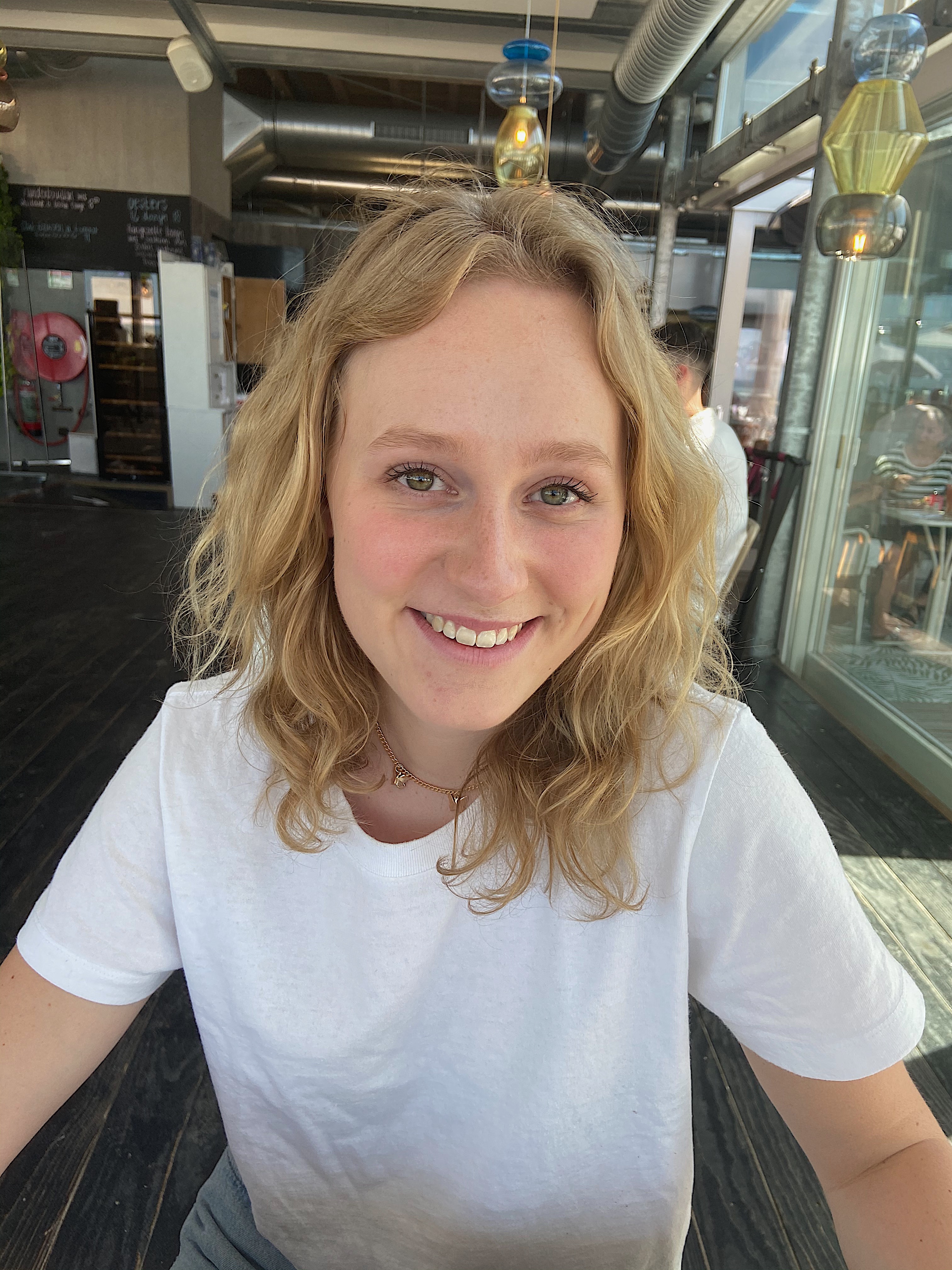Week 10
Wow, already the last week! These past 10 weeks really flew by and our group accomplished a lot. In my last week I worked a bit more on the simulation for the demo. I created an end point and made the sim throw a notification when that goal was reached. I also tried to work on making the sim throw an error if the robot bumps into an obstacle and then resets the robot to its begin point. This is still a work in progress and I really hope I’ll be able to finish it by the end of the week.
